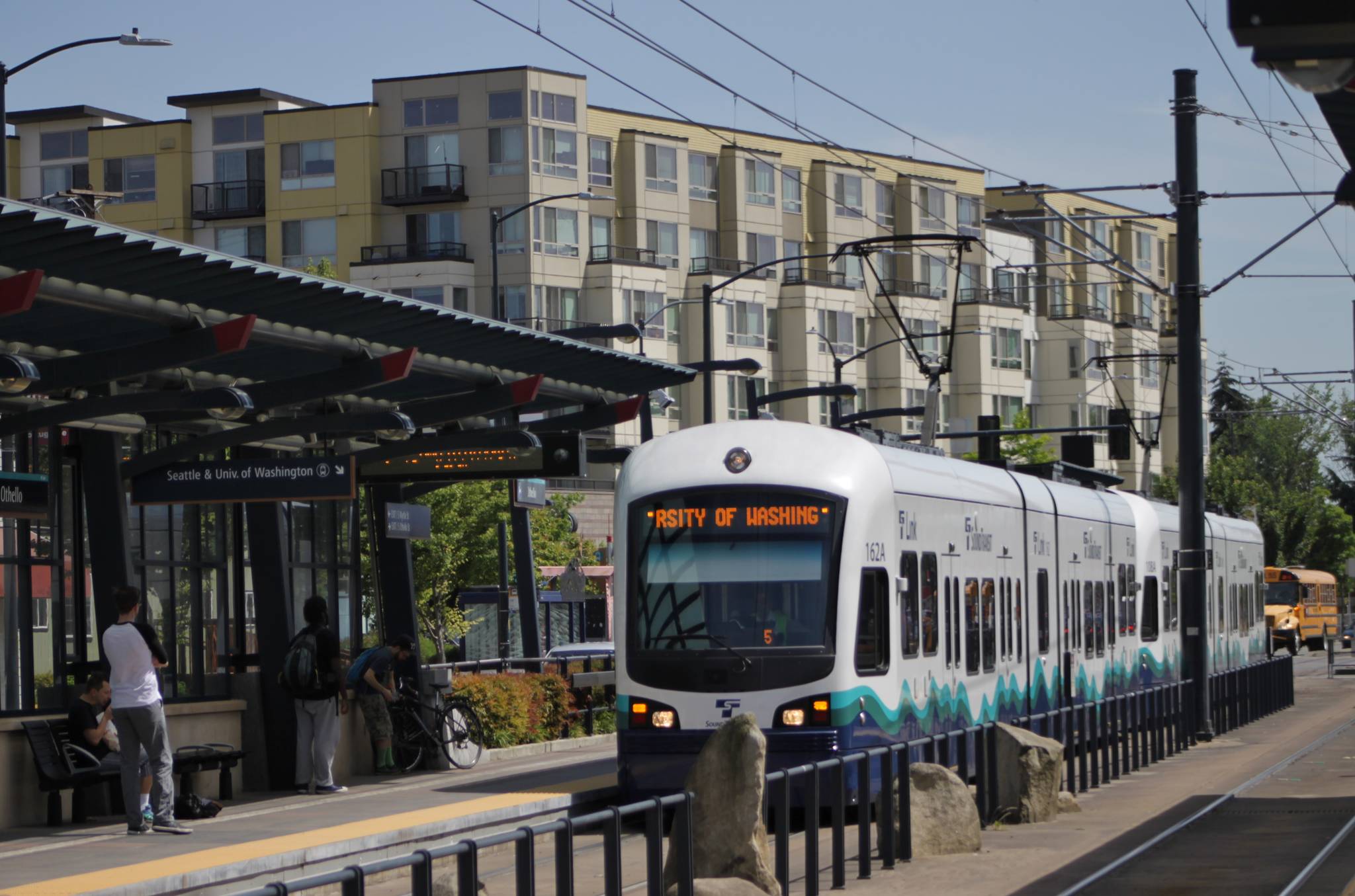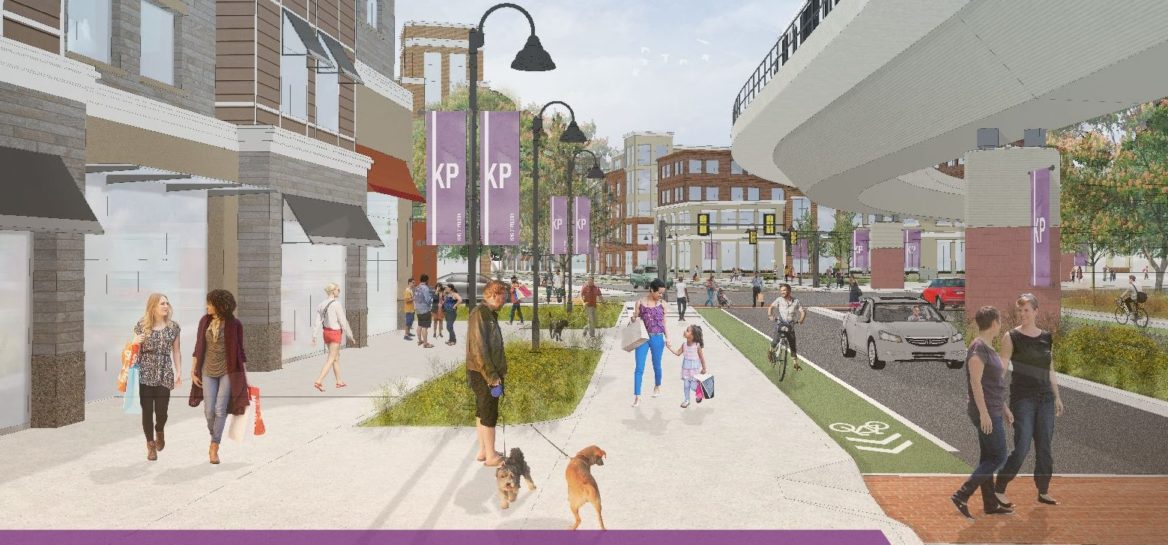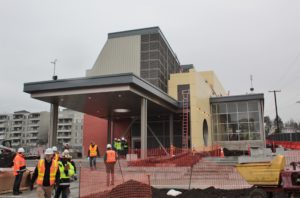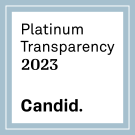Let’s Talk eTOD
 In November, we kicked-off our Housing, Equity, and Environment series by discussing density and how it is a key connector between our series’ main topics. Along with denser communities, transit and transportation options will continue to bridge these key topics. Afterall, housing and transportation are often people’s biggest expenses: typical households in auto-dependent neighborhoods spend about 25% of income on transportations. Meanwhile in neighborhoods near mobility options, this statistic drops to 9%.
In November, we kicked-off our Housing, Equity, and Environment series by discussing density and how it is a key connector between our series’ main topics. Along with denser communities, transit and transportation options will continue to bridge these key topics. Afterall, housing and transportation are often people’s biggest expenses: typical households in auto-dependent neighborhoods spend about 25% of income on transportations. Meanwhile in neighborhoods near mobility options, this statistic drops to 9%.
Equitable transit-oriented development (eTOD) is a key player in creating more sustainable, affordable, and socially minded communities.
What is “eTOD”?
Lets break it down starting with the “TOD” part, transit-oriented development. This essentially means building near transit. With more homes and communities near transportation routes, there is less reliance on residents driving to and from where they need to go. Instead, there are transit options near their communities. This includes bus routes, bike lanes, light rail stations, etc.

As King County grows and our freeways clog, policy makers and urban planners are looking to transit-oriented development to capitalize on the intersection and connections of housing and transit. Affordable housing is often located outside of downtown areas and other job dense areas, which leads to longer, burdensome commutes for residents. With transit-oriented development, people are closer to public transit increasing their use and access while at the same time decreasing the financial burden of private transit options.
So, what does equity have to do with TOD? Equitable transit-oriented development will prevent displacement and gentrification in communities that are already located near transit, by creating affordable housing options in these communities.
Leading TOD with Equity
For instance, the King County Light Rail has heightened the risk for displacement for low-income residents in the Rainier Valley and other South Seattle Communities.
To address this concern, the Legislature mandated a new affordable housing policy for the Sound Transit’s surplus land. The 80-80-80 policy required Sound Transit to offer 80% of suitable surplus property to affordable housing developers that make at least 80% of units on site affordable to people earning 80% or less of area median income (AMI). In those cases, Sound Transit can sell land at below market value or even gift the land to affordable housing developers.
“As our transit infrastructure expands, it is vital to make sure that people of all incomes are able to benefit from the increased access and mobility that the light rail provides,” explained Leah Haberman, former HDC staffer.
As you can tell, there are several economic and environmental benefits for eTOD across King County. HDC member projects, like Cedar Crossing, are leveraging the intersection of housing and transit to develop surrounding lands, to connect communities, and increase choice.
Take Action
HDC, along with our eTOD taskforce, supports policies that expand TOD opportunities, but also programs that supplement public transit costs for low-income residents. Reach out to HDC to join our TOD Taskforce.
Furthermore, Vision 2050 will be a blueprint for growth and transportation investments in the four counties in the Puget Sound region. As King, Kitsap, Pierce, and Snohomish Counties are projected to add a combined 1.8 million people over the next 30 years, Vision 2050 will guide investments in transportation and focus growth. Next Monday, join HDC, PSRC, King County and other policy leaders, for our Vision 2050 Learn at Lunch. RVSP here to attend.


